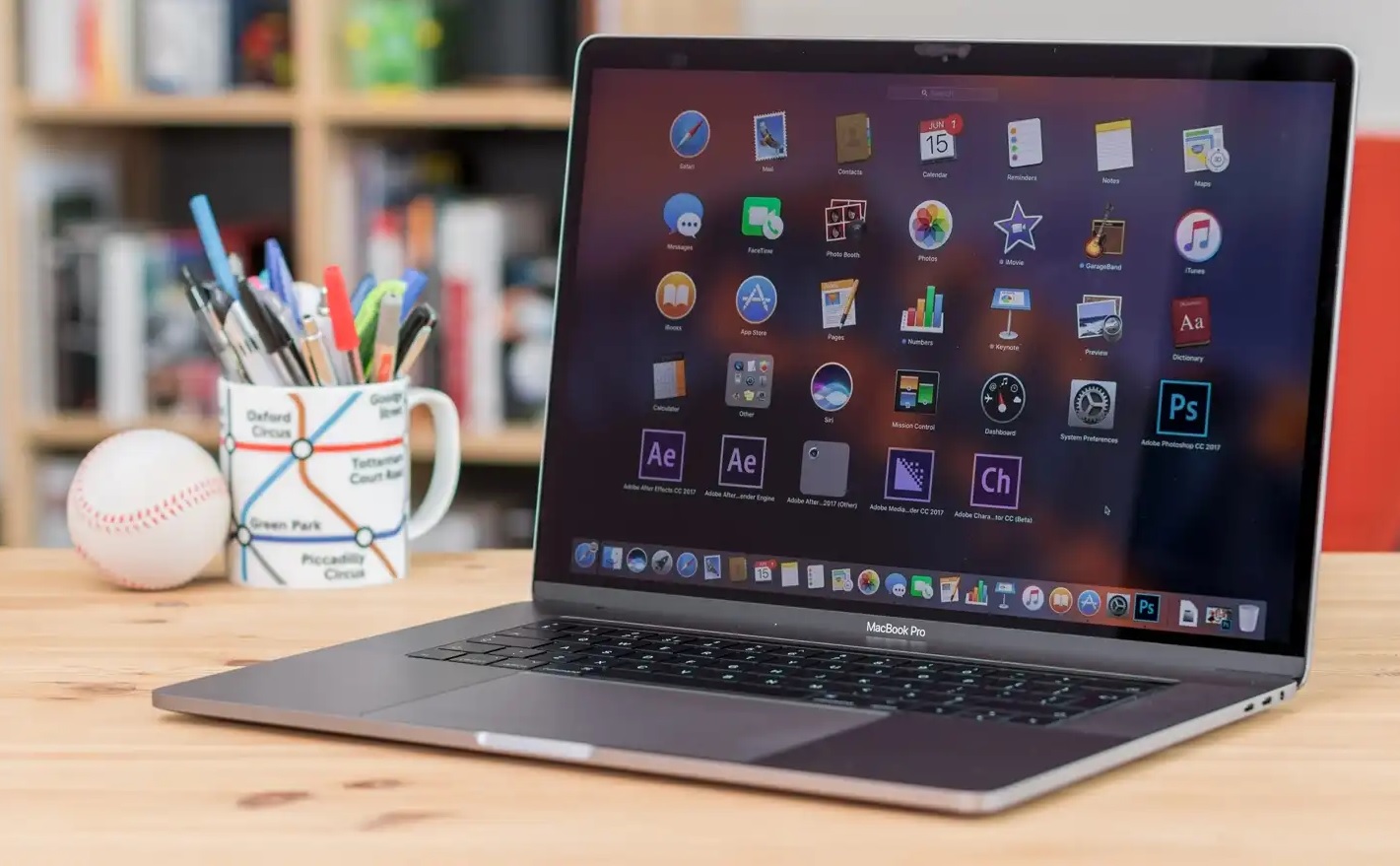
How to Find Out What’s Consuming Your Mac’s CPU?
Checking the CPU usage on your Mac is very important, because more often than not, some apps will consume way too many resources. At that point, the best thing that you can do is to identify the culprits and try to solve any potential problems. If an app consumes too many resources either it’s not working ok and it has bugs, or maybe there are viruses you are dealing with. So it’s a great idea to know how to check CPU usage and narrow down the problems fast.
Enter the Activity Monitor
Naturally, the Activity Monitor is where you want to go first. This tool shows you exactly how much processing power is used by every app. So if you have someone that consumes a lot of CPU, it will be shown here. You can check the processor activity over time by pressing CPU. You can check the Window/CPU Usage option as this will help you check the current processor activity. Here’s also where you can check the CPU history.
Viewing the CPU activity from your Dock
Open the Activity Monitor and then rick click on the Dock. Choose the Dock Icon option and here you can choose Show CPU Usage. What this does is it shows CPU usage as you use the computer, without having to open Activity Monitor. It’s a great idea because it can help save time and still provide you with the means to access all the features you need.
Using third party apps
You also have third party apps like App Tamer that stay in the menu bar and show relevant CPU info there. All you have to do is to click on the menu bar when you feel that something is off, and you will have detailed info. It will show you what apps are using the most CPU, and you can close them or make other necessary changes. It can be a great option to use third party apps if you want to have access to more detailed info. However, not all of these are free, so you can stick to the Activity Monitor if you want.
Why is the CPU usage high on your device?
There can be a lot of different reasons, as you can imagine. Sometimes you’re not running any apps, and the CPU usage is still high. That might have to do with errors or problems in the background. If that’s the case, reinstalling the operating system or making some adequate changes that way can help quite a bit. Of course, high CPU usage might also have to do with running a resource-hungry app or you are running too many apps at once.
Conclusion
Using these tips can make it easier to identify why your CPU usage is very high, and then you can address the issue properly. Doing that can help save time, while eliminating any issues. It’s a great idea to narrow down why your device is not running the way it should, and CPU problems can help with that. Once you know what apps are the problem, you can start troubleshooting and finding some fixes!

